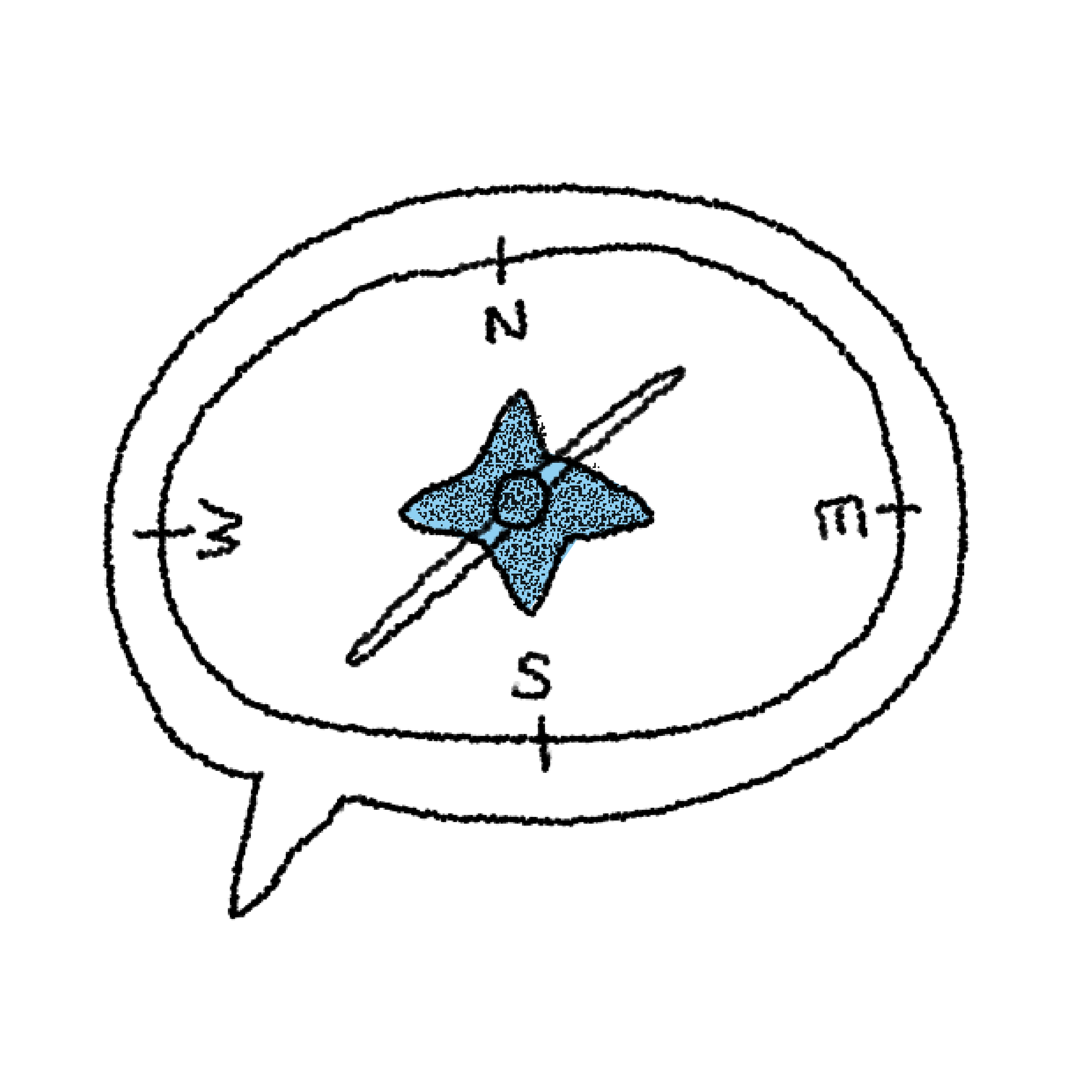The road to Titi is a winding one, flanked by lush tropical trees that eventually make way to ferns and shrubs. Founded in 1838, Titi was an isolated enclave for the Hakka Siow clan that emigrated from Fuichiu, China. The town remains a microcosm of a past where locals cycle to their favourite coffeeshop while striking up languid conversations with their friends and neighbours. Here, time is a standstill, and the doors to each home remain open to visitors old and new.








I got to know of this town from a friend of mine, and it is perhaps one of the best things about building connections with people– you simply don’t know where it might take you.
Sayaka and I arrived at 8AM, to a town that is merely large enough for two main streets and a meandering maze of wooden houses, still largely inhabited. It was cooling and the weather temperate. We strolled into every corner of the neighbourhood, visited some temples, and peered into people’s homes, stopping awhile for a picture or two.




We must have looked out of place in a town that knows just about everyone. With a camera in my hand and numerous tattoos etched on our skins, it was not difficult to weed us out, only for the residents to invite us into their homes.
I wish I knew how to speak Hakka, or any other Chinese dialects. There was so much that I didn’t understand, and this loss of language also meant a huge loss of realities I could potentially discover.
An uncle on a motorbike called out to us. He said in Cantonese, that we should learn about the history of Titi, and he knew just the place for it. Mr. Hue, the resident projectionist of the Titi History Society spoke almost too fervently of his town. He was eager for us to take a sit and watch a amateur-made documentary about his birthplace. We couldn’t understand the documentary because it was largely in Mandarin, but we knew what we saw and put the pieces together.
During the Japanese occupation of Malaya, the rumblings of communist insurgencies in the 1940s lead to Titi’s largest and most tragic massacre, with 1,474 residents killed during a raid on March 18, 1942.
Traces of the past remain today, as seen in the large pink memorial stone built to commemorate the tragedy, and the arduous work to keep the town’s memory alight through the hands of Mr. Hue.
As we thanked our way out and looked for food, Sayaka mentioned something quite poignant, that her identity itself is entrenched in contesting histories where even today, she lives through the consequences of both her Japanese and Chinese ancestors.

We had a lunch of konlow noodles and yong tau foo, before finding a spot that is unpretentiously famous for their hand-made kueh.
By 1PM, everything was swept into dust.














Tucked in a back alley is a small zinc-roofed house. Leading us in was a small wooden sign that says “Cafe Here”.



I don’t remember the barista’s name, but he was born and bred in Titi, and found his love for coffee and his subsequent knack for making them, through the Internet. Using local beans, he made one of the best affogatos I’ve ever had.
Sayaka and I sat by the cafe, outside, sheltered by the roof and enclosed by two houses that formed a breezy wind tunnel. It was quiet, except for the rustling of trees from the hill behind us, and the occasional quacking of ducks from the neighbour’s home.
We would talk sparsely and deeply in between silences, about our childhoods and our aspirations, tugging back and forth between the past and the future. It was at that moment of solitude and communion that I have ceased to find myself wanting. I was happy, and I knew exactly why.
//
Some pictures and text in the essay first appeared on www.malaysia.my

Leave a comment